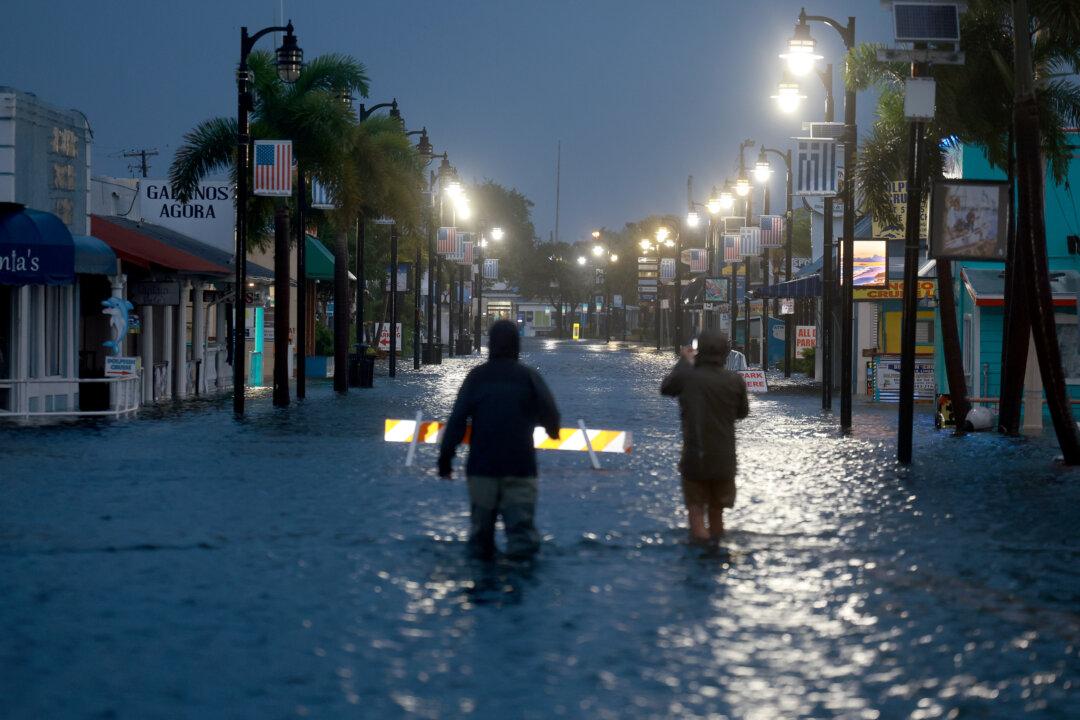Hurricane Idalia, which made landfall along Florida’s Big Bend region on Aug. 30, could top records in its intensification rate, hurricane experts have warned.
The hurricane eventually touched down as a Category 3 storm near Keaton Beach, along the Apalachee Bay, at around 7:45 a.m. ET, after experts had warned overnight it could intensify into an “extremely dangerous” Category 4 storm.





